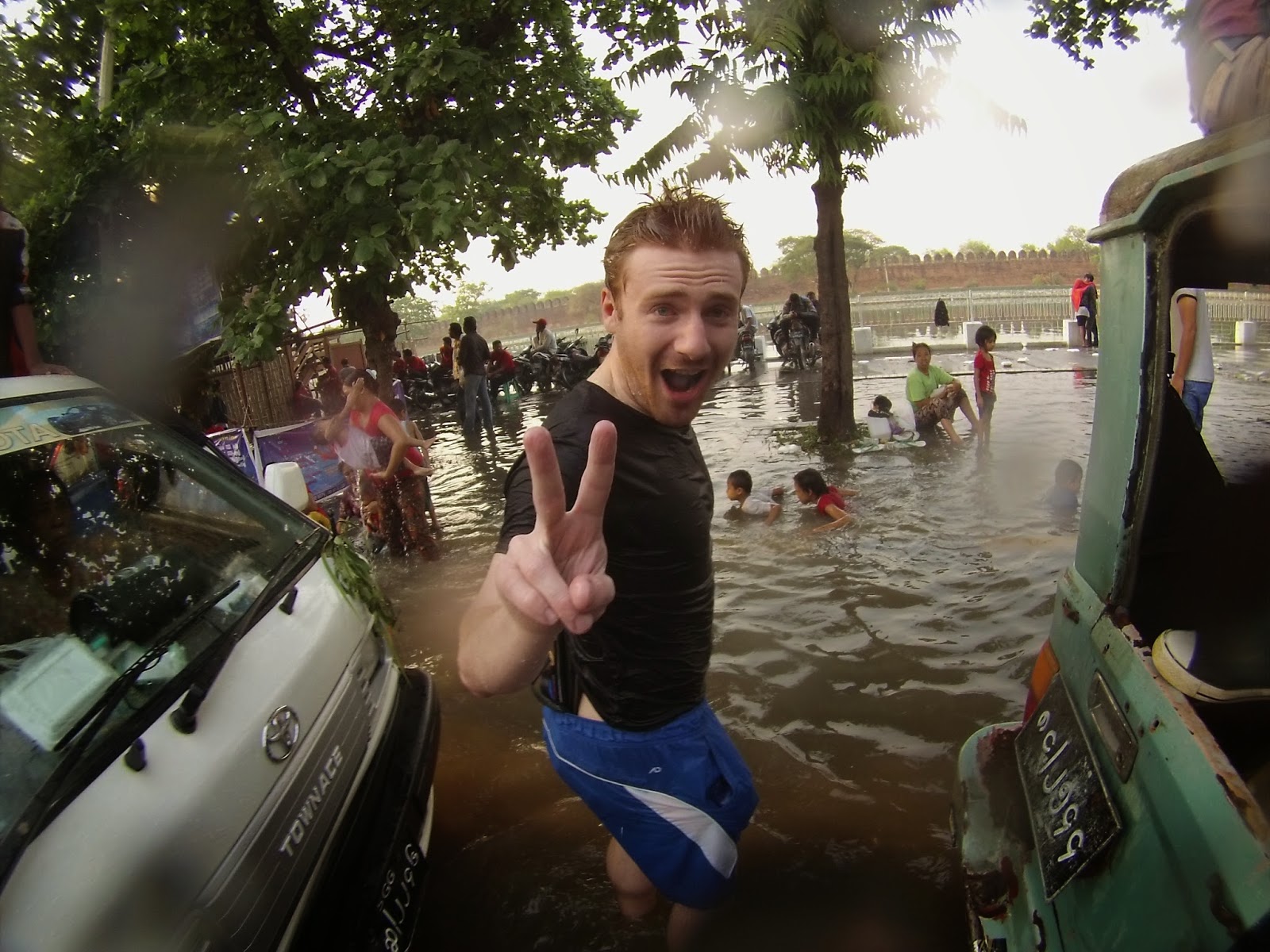Day 4: Mandalay
 |
| The Irrawaddy River overlooked by Sagaing Hill |
 |
| Ruins of Inwa |
 |
| The old teak temple |
 |
| The Buddhist university at Sagaing |
 |
| View from Sagaing Hill over the Irrawaddy bridges |
 |
| The flooded streets of Mandalay |
 |
| Dancing of a car bonnet |
 |
| One of the temporary water-spraying platforms |
 |
| Your intrepid blogger on the flooded streets of Mandalay |





0 comments